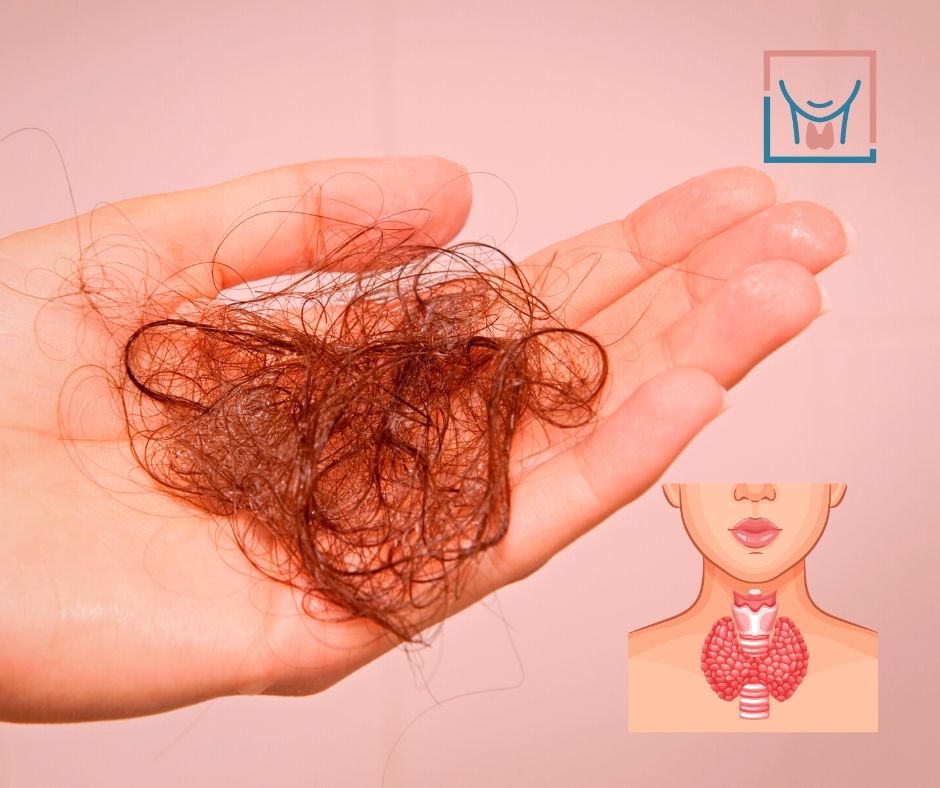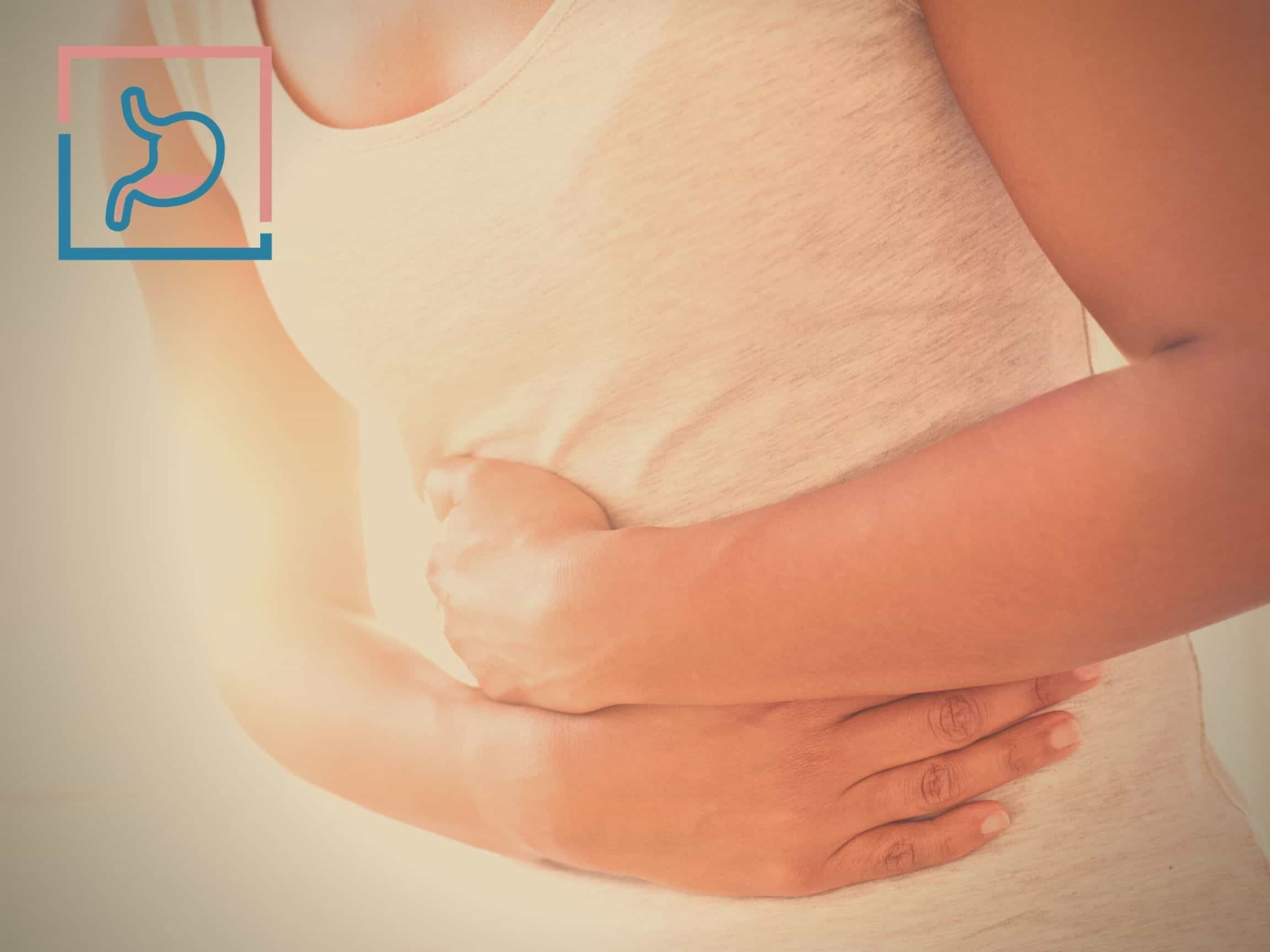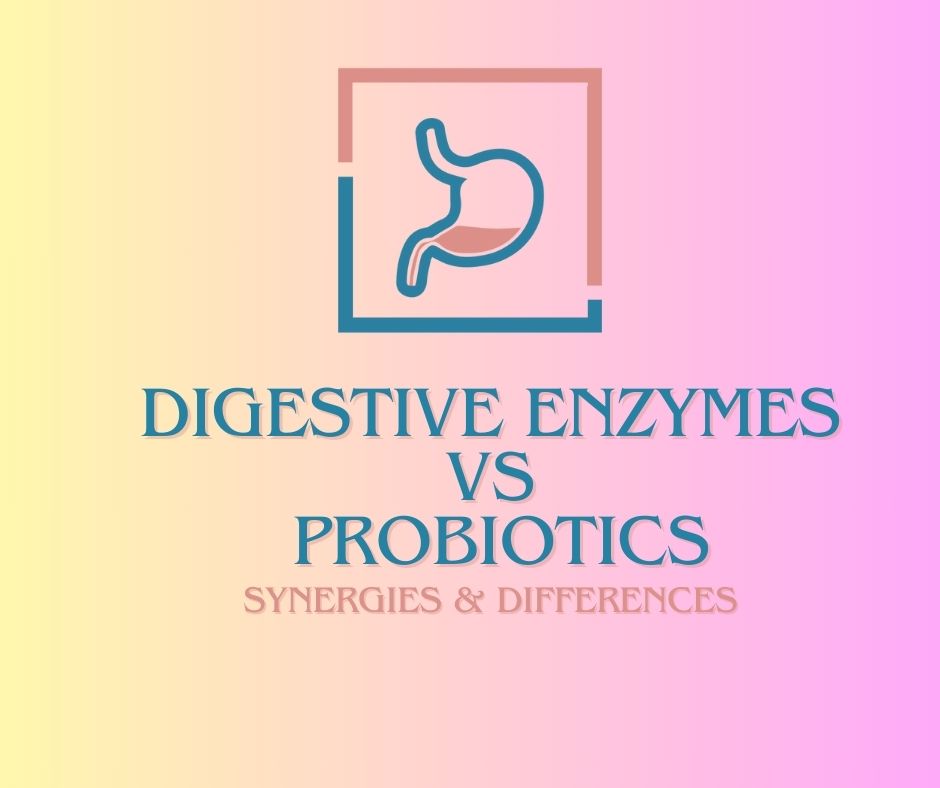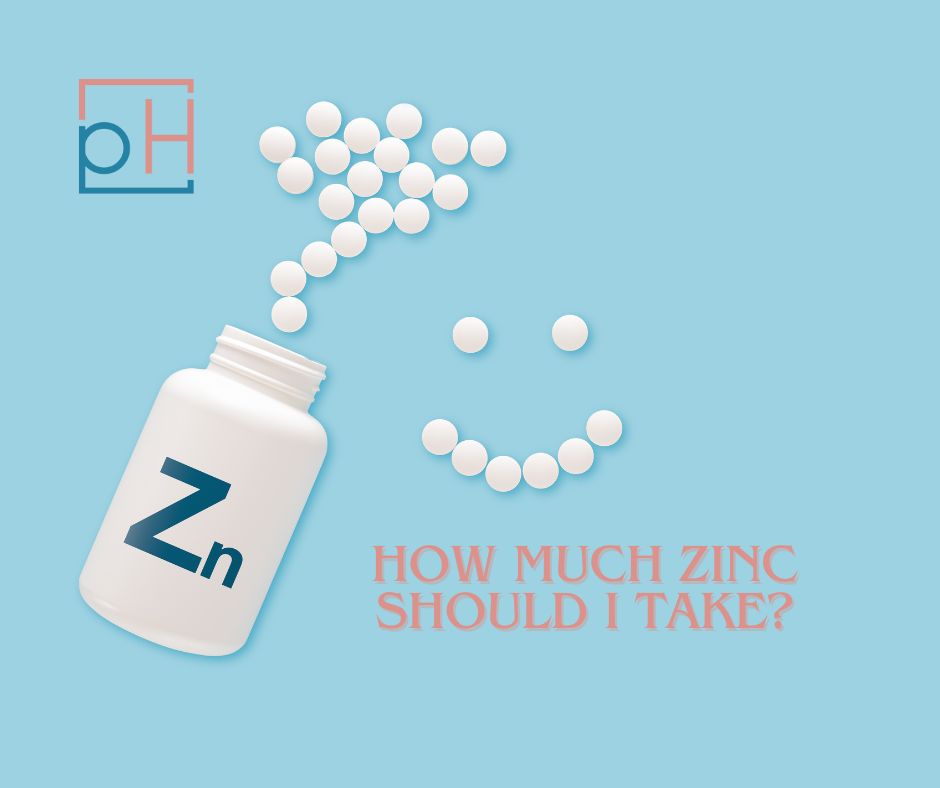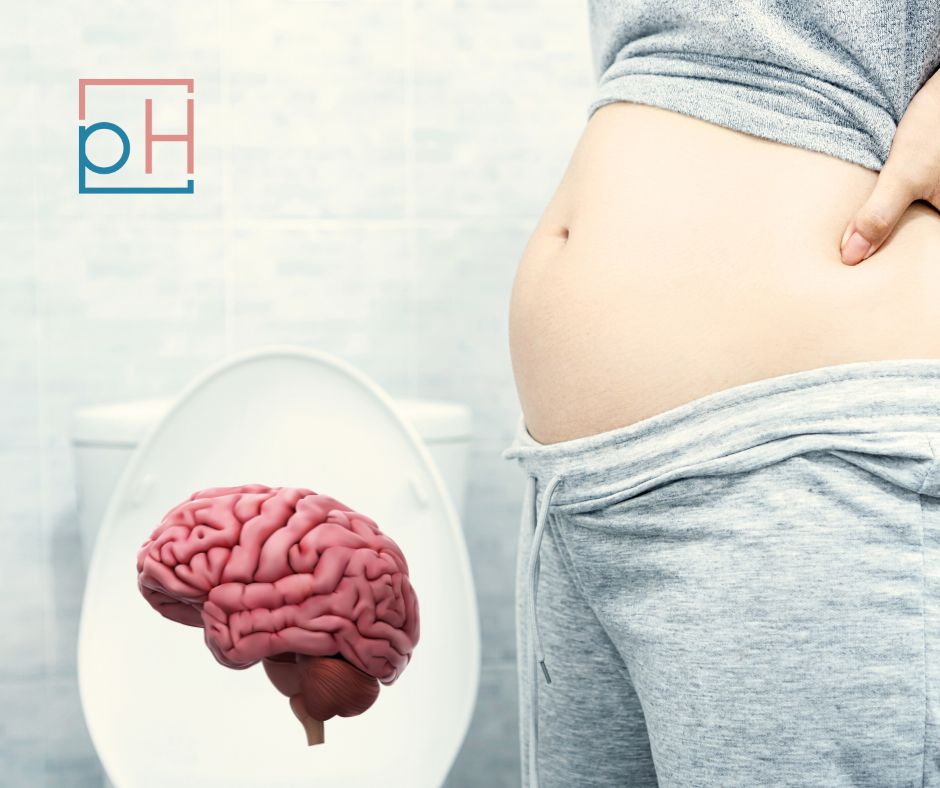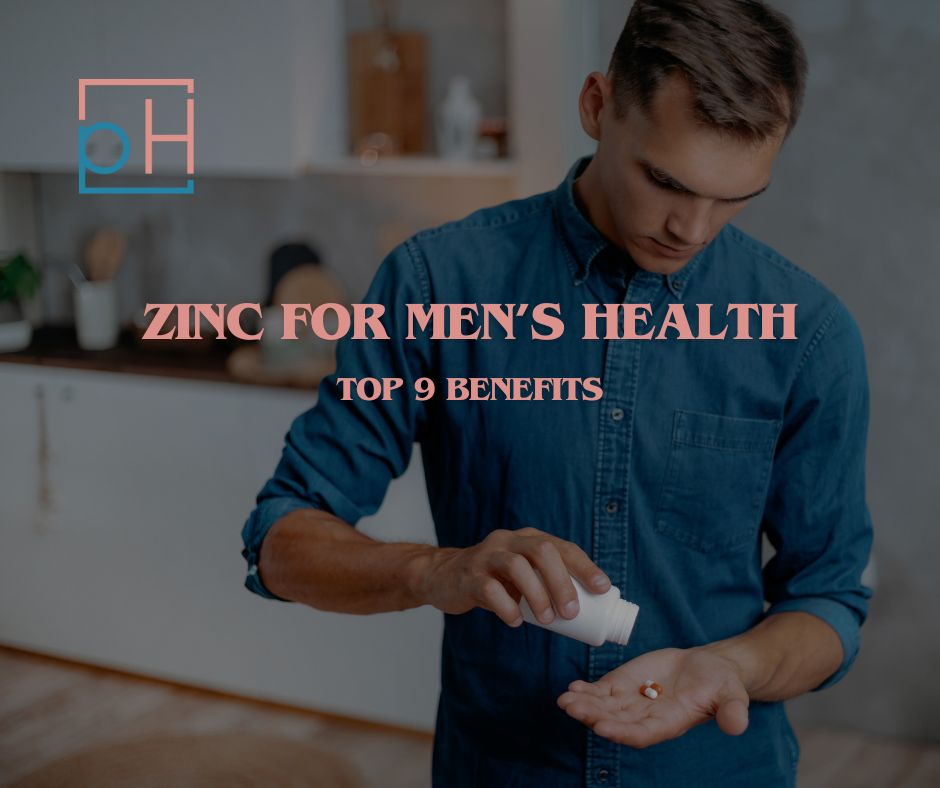Red light therapy (RLT) is a popular tool in dermatology to address several skin concerns and conditions. Its effects on inflammation and cell function have expanded its potential treatment applications to autoimmune diseases, chronic pain, and a variety of other health conditions.
Let’s take a closer look at what it is, how it works, red light therapy benefits, and whether it’s right for you.
Disclaimer: We may receive a small commission from products you purchase via links in this article.
What Is Red Light Therapy?
Red light therapy is a treatment that uses low wavelengths of red light or near-infrared light to treat a variety of health and skin conditions. It’s also known as:
- Low-level laser therapy (LLLT)
- Low-power laser therapy (LPLT)
- Photobiomodulation (PBM) therapy
- Cold laser therapy
- Biostimulation
- Soft laser therapy
- Photonic therapy
Conditions Red Light Therapy May Help Treat
The research on red light therapy is more limited in some areas over others, but so far, it has potential as an effective therapy for conditions like:
- Arthritis
- Chronic pain and muscle soreness
- Asthma
- Skin conditions (e.g., psoriasis, eczema, vitiligo, acne)
- Scarring and wound healing
- Aging-related skin concerns (e.g. fine lines, wrinkles, sun damage)
- Carpal tunnel syndrome
- Dental issues
- Dementia
- Nearsightedness and eye diseases
- Hair loss
A Brief History
Low-level laser therapy was discovered in 1967 by Hungarian physician Endre Mester. In a series of mouse studies, he noticed the hair on mice shaved for unrelated surgeries would grow back faster if exposed to laser light. He also saw rapid wound healing in those mice.
From there, he began using the red helium–neon (HeNe) laser on his human patients to treat skin conditions and skin ulcers that weren’t healing.
Modern therapies focus on red light therapy’s potential anti-inflammatory, healing, and pain-reducing benefits. NASA’s more recent work with red light has focused on wound healing after one mission found that red light was a more powerful photomedicine than any other color light.
How Does Red Light Therapy Work?
Red light therapy works by exposing the body’s tissues to wavelengths of red light. Those wavelengths are absorbed by mitochondria, the powerhouses of the cells, boosting energy production and levels of adenosine triphosphate (ATP).
When the body has access to more energy, other processes become more efficient. This cellular energy boost can touch everything from your body’s healing processes to anti-inflammatory responses to collagen production.
How long does a red light therapy session take? A red light therapy session takes anywhere from a few minutes to about 20 minutes, depending on the goal of the low-level light therapy. The average is about 10 minutes per session.
To improve inflammation and cell function addressing several skin concerns and conditions, order platinum led therapy lights at this link, for 5% off.
15 Health Benefits of Red Light Therapy
While new clinical trials are constantly in progress to add to the potential effects of red light therapy, studies already show it may offer many health benefits.
Autoimmune diseases are the focus of much of this research because they are so challenging to treat. At PrimeHealth, we stay up-to-date on treatments for autoimmune diseases while addressing the underlying causes of those symptoms.
You can improve immune dysfunction with a holistic approach.


1. Arthritis
Photobiomodulation’s anti-inflammatory effects may reduce joint swelling and tenderness in osteoarthritis and rheumatoid arthritis sufferers. One study of degenerative osteoarthritis in seniors showed pain reduction of more than 50% in those receiving low-power light therapy.
It’s important to note that autoimmune conditions like rheumatoid arthritis require a multi-faceted approach. Avoiding food triggers like nightshades may be an essential piece of your treatment plan puzzle.
2. Chronic Pain
In addition to arthritis pain, red light therapy may benefit patients with chronic pain due to ongoing inflammation. Types of pain that red light therapy may help with include (but aren’t limited to):
- Muscle pain from overexercise or sports injuries
- Tendon pain from conditions like Achilles tendinitis
- Chronic low back pain
- Fibromyalgia
3. Asthma
Limited studies show that low-level light therapy may have a positive effect on airway irritation due to severe asthma. This is likely due to its anti-inflammatory effects on your lungs.
Protocols that include treating allergies and skin conditions, like eczema in asthma sufferers, are proven effective in the long term. That’s part of our whole-body approach at PrimeHealth to calm a stimulated immune system.
4. Skin Conditions
Red light therapy shows promise in treating skin conditions like psoriasis and eczema and pigmentation disorders like vitiligo.
It may be a particularly effective treatment for mild to moderate acne. One study showed improvements in acne breakouts of over 36% after 2 weeks.
5. Aging-Related Skin Concerns
Red light therapy’s potential to boost collagen production may improve overall skin health and signs of aging like fine lines, wrinkles, and sunspots.
A small study of patients with actinic keratosis, or hardened lesions of sun-damaged skin, showed red light therapy works well paired with a topical photosensitizing gel.
This underscores the importance of red light therapy as a complementary approach alongside other treatments. In the case of psoriasis, for example, that may include a medication like methylene blue.
6. Scarring
Red light therapy may reduce post-operative scarring and other fresh scarring by improving the skin’s ability to stretch after trauma.
That improved pliability may also improve symptoms of scleroderma and other types of skin fibrosis. This autoimmune disease of the skin causes problems with connective tissues like skin tightening and hardening from an overproduction of collagen.
While steady collagen production is important to the structure of your skin, too much can cause tight, rough skin.
7. Wound Healing
Low-power light therapy’s effects on fibroblasts, the cells that secrete collagen proteins to strengthen our connective tissues, may have a positive impact on wound healing. Studies show faster, more effective healing and improved blood flow with this treatment option.
8. Cancer Treatment Side Effects
Red light therapy won’t reduce the need for aggressive cancer treatments, but it may reduce the pain associated with them. One study showed reduced pain of oral lesions when combining this light therapy with oral cancer treatments.
9. Muscle Tissue Repair
Red light therapy may improve recovery from intense exercise because of its potential to reduce inflammation and oxidative stress. Regularly using a red light source before working out may prevent muscle soreness after exercise and even improve athletic performance.
10. Carpal Tunnel Syndrome
Low-level laser therapy’s effects on chronic pain and inflammation may improve outcomes for those with carpal tunnel syndrome. One study found that reduced pain in treated individuals meant reduced symptoms and an improved hand grip.
11. Dental Health
Low-level laser therapy’s effects on pain reduction may be beneficial for facial and dental pain. Patients with temporomandibular disorder (TMD, also called TMJ) may feel some relief from the condition with regular red light therapy.
12. Brain Health
Several small studies show promise in red light therapy’s effects on dementia, particularly for those with sleep problems. Red wavelengths of light boost melatonin levels and potentially improve sleep cycles as a result.
Improved sleep may, in turn, improve overall cognition and reduce anxiety and fatigue in those with dementia. This is positive news for anyone at risk of developing Alzheimer’s disease.
Red light therapy also shows promise in conditions like autoimmune encephalitis and multiple sclerosis that cause inflammation in the brain. More research is needed to understand how it can be used as a complementary treatment for neurological conditions.
13. Eye Health
Limited studies show that red light therapy may be an alternative treatment for myopia (nearsightedness) in children. It may also support healing from eye trauma or neurological conditions that affect the eye, but more research is needed to understand how this works.
14. Hair Growth
Low-level laser therapy may promote hair growth, particularly in men with androgenic alopecia, a type of hair loss. This may be due to its effects on scalp health and hair growth cycles.
15. Fat Loss
Red light therapy may support fat loss in a few different ways. Studies show it may boost a sluggish metabolism or work as a form of noninvasive body sculpting and cellulite reduction in targeted areas.
These studies also caution against the use of red light therapy as a replacement for a balanced diet and exercise. Some studies even featured subjects who used red light therapy to supplement a healthy lifestyle.
Eating well and incorporating regular movement are the best paths to long-term weight management.
Does Red Light Therapy Work?
Research suggests that red light therapy may be a safe, effective treatment in several health applications. It’s important to note here that red light therapy in all of its forms is typically a secondary treatment. It works best alongside other therapies, medications, or treatments.
With that in mind, more research is needed to understand the benefits. What we know so far is promising, but no single therapy will replace a holistic approach to your health.
How long does it take for red light therapy to work? Red light therapy may take very little time to work, depending on how it’s used. Those with minor skincare concerns may see immediate results, while long-term results for severe issues may occur after several weeks of treatment.
How often should you use red light therapy? You should use red light therapy as often as your doctor or dermatologist recommends. In some cases, that may even be daily. Most skin conditions require treatments a few times weekly for at least a few weeks to see lasting results.
Those with chronic pain may find relief with regular red light therapy as part of their pain management routine.
Risks & Safety Precautions
There are no significant side effects associated with red light therapy for most users. These low-level, noninvasive LED lights don’t heat the skin or use ultraviolet (UV) light, so skin cancer isn’t a concern.
In rare cases, treatments can result in skin or eye damage and burns, but this is most likely because of user error. Side effects are much less likely with experienced providers.
Are at-home red light therapy devices safe to use? At-home red light therapy devices are generally safe to use as long as they are used correctly. Overuse or misuse can cause skin sensitivity or damage.
We recommend the Biomax 900 for at-home red light therapy. Several members of our team regularly use these panels at home with fantastic results.
That said, red light therapy isn’t for everyone.
Treatments aren’t recommended for anyone with photosensitivity from conditions like lupus or certain medications. It isn’t recommended for pregnant women due to the lack of evidence that it’s safe. Side effects like hyperpigmentation are more likely with darker skin tones.
If you’re unsure whether you’re a good candidate after weighing your pros and cons, start with your healthcare provider before booking an appointment for red light therapy.
Costs & Insurance Coverage
Red light therapy can cost anywhere from $25 to hundreds of dollars per treatment. The price varies so much because there are so many potential uses for it and a variety of providers who offer the service.
Spas, wellness centers, or tanning salons offering red light therapy will generally charge less than sessions at your doctor’s office.
At-home devices start at $60 but can run upwards of $500 for more heavy-duty tools. Even the more expensive at-home devices won’t be as strong as therapies from an in-office provider.
Light therapies generally aren’t covered by most insurance carriers for cosmetic uses. You’ll need to talk with your insurance provider about coverage for autoimmune diseases, chronic pain, or other potential treatment applications.
Red light therapy can be a component of your overall treatment plan for various conditions, but it’s essential to tackle your health holistically.
At PrimeHealth, we can help you develop an individualized approach to your health that works for you. Schedule a free consultation today, or follow us on Instagram for tips on boosting overall wellness.
View this profile on InstagramPrimeHealth (@primehealthdenver) • Instagram photos and videos
Sources
- Hamblin, M. R. (2016). Photobiomodulation or low-level laser therapy. Journal of biophotonics, 9(11-12), 1122–1124.
- Chung, H., Dai, T., Sharma, S. K., et al. (2012). The nuts and bolts of low-level laser (light) therapy. Annals of biomedical engineering, 40(2), 516–533.
- Hamblin, M. R. (2017). Mechanisms and applications of the anti-inflammatory effects of photobiomodulation. AIMS biophysics, 4(3), 337–361.
- Stelian, J., Gil, I., Habot, B., et al. (1992). Improvement of pain and disability in elderly patients with degenerative osteoarthritis of the knee treated with narrow-band light therapy. Journal of the American Geriatrics Society, 40(1), 23–26.
- Tsagkaris, C., Papazoglou, A. S., Eleftheriades, A., et al. (2022). Infrared Radiation in the Management of Musculoskeletal Conditions and Chronic Pain: A Systematic Review. European journal of investigation in health, psychology and education, 12(3), 334–343.
- Wynn, T. A., & Ramalingam, T. R. (2011). Shedding LIGHT on severe asthma. Nature medicine, 17(5), 547–548.
- Avci, P., Gupta, A., Sadasivam, M., et al. (2013). Low-level laser (light) therapy (LLLT) in skin: stimulating, healing, restoring. Seminars in cutaneous medicine and surgery, 32(1), 41–52.
- Li, J., Li, J., Zhang, L., et al. (2022). Comparison of red light and blue light therapies for mild-to-moderate acne vulgaris: A randomized controlled clinical study. Photodermatology, photoimmunology & photomedicine, 38(5), 459–464.
- Wunsch, A. & Matuschka, K. (2014). A controlled trial to determine the efficacy of red and near-infrared light treatment in patient satisfaction, reduction of fine lines, wrinkles, skin roughness, and intradermal collagen density increase. Photomedicine and laser surgery, 32(2), 93–100.
- Mamalis, A., Siegel, D., & Jagdeo, J. (2016). Visible Red Light Emitting Diode Photobiomodulation for Skin Fibrosis: Key Molecular Pathways. Current dermatology reports, 5, 121–128.
- Lee, S. Y., Park, K. H., Choi, J. W., et al. (2007). A prospective, randomized, placebo-controlled, double-blinded, and split-face clinical study on LED phototherapy for skin rejuvenation: clinical, profilometric, histologic, ultrastructural, and biochemical evaluations and comparison of three different treatment settings. Journal of Photochemistry and Photobiology B: Biology, 88(1), 51–67.
- Sun, Q., Kim, H-E., Cho, H., et al. (2018). Red light-emitting diode irradiation regulates oxidative stress and inflammation through SPHK1/NF-κB activation in human keratinocytes. Journal of Photochemistry and Photobiology B: Biology, 186, 31-40.
- Mordon, S., Vignion-Dewalle, A. S., Abi-Rached, H., et al. Testing a new light therapy for the treatment of actinic keratosis. British Journal of Dermatology, 182(1), e20.
- Chaves, M. E., Araújo, A. R., Piancastelli, A. C., et al. (2014). Effects of low-power light therapy on wound healing: LASER x LED. Anais brasileiros de dermatologia, 89(4), 616–623.
- Hanna, R., Dalvi, S., Benedicenti, S., et al. (2020). Photobiomodulation Therapy in Oral Mucositis and Potentially Malignant Oral Lesions: A Therapy Towards the Future. Cancers, 12(7), 1949.
- Ferraresi, C., Huang, Y. Y., & Hamblin, M. R. (2016). Photobiomodulation in human muscle tissue: an advantage in sports performance? Journal of biophotonics, 9(11-12), 1273–1299.
- Lazovic, M., Ilic-Stojanovic, O., Kocic, M., et al. (2014). Placebo-controlled investigation of low-level laser therapy to treat carpal tunnel syndrome. Photomedicine and laser surgery, 32(6), 336–344.
- Panhoca, V. H., Lizarelli, R.deF., Nunez, S. C., et al. (2015). Comparative clinical study of light analgesic effect on temporomandibular disorder (TMD) using red and infrared led therapy. Lasers in medical science, 30(2), 815–822.
- Zhao, J., Tian, Y., Nie, J., et al. (2012). Red light and the sleep quality and endurance performance of Chinese female basketball players. Journal of athletic training, 47(6), 673–678.
- Nizamutdinov, D., Qi, X., Berman, M. H., et al. (2021). Transcranial Near Infrared Light Stimulations Improve Cognition in Patients with Dementia. Aging and disease, 12(4), 954–963.
- Muili, K. A., Gopalakrishnan, S., Meyer, S. L., et al. (2012). Amelioration of experimental autoimmune encephalomyelitis in C57BL/6 mice by photobiomodulation induced by 670 nm light. PloS one, 7(1), e30655.
- Jiang, Y., Zhu, Z., Tan, X., et al. (2022). Effect of Repeated Low-Level Red-Light Therapy for Myopia Control in Children: A Multicenter Randomized Controlled Trial. Ophthalmology, 129(5), 509–519.
- Zhu, Q., Xiao, S., Hua, Z., et al. (2021). Near Infrared (NIR) Light Therapy of Eye Diseases: A Review. International journal of medical sciences, 18(1), 109–119.
- Lanzafame, R. J., Blanche, R. R., Bodian, A. B., et al. (2013). The growth of human scalp hair mediated by visible red light laser and LED sources in males. Lasers in surgery and medicine, 45(8), 487–495.
- Sene-Fiorese, M., Duarte, F. O., de Aquino Junior, A. E., et al. (2015). The potential of phototherapy to reduce body fat, insulin resistance and “metabolic inflexibility” related to obesity in women undergoing weight loss treatment. Lasers in surgery and medicine, 47(8), 634–642.
- Avci, P., Nyame, T. T., Gupta, G. K., Sadasivam, M., at al. (2013). Low-level laser therapy for fat layer reduction: a comprehensive review. Lasers in surgery and medicine, 45(6), 349–357.
- Souza-Barros, L., Dhaidan, G., Maunula, M., et al. (2018). Skin color and tissue thickness effects on transmittance, reflectance, and skin temperature when using 635 and 808 nm lasers in low intensity therapeutics. Lasers in surgery and medicine, 50(4), 291–301.







